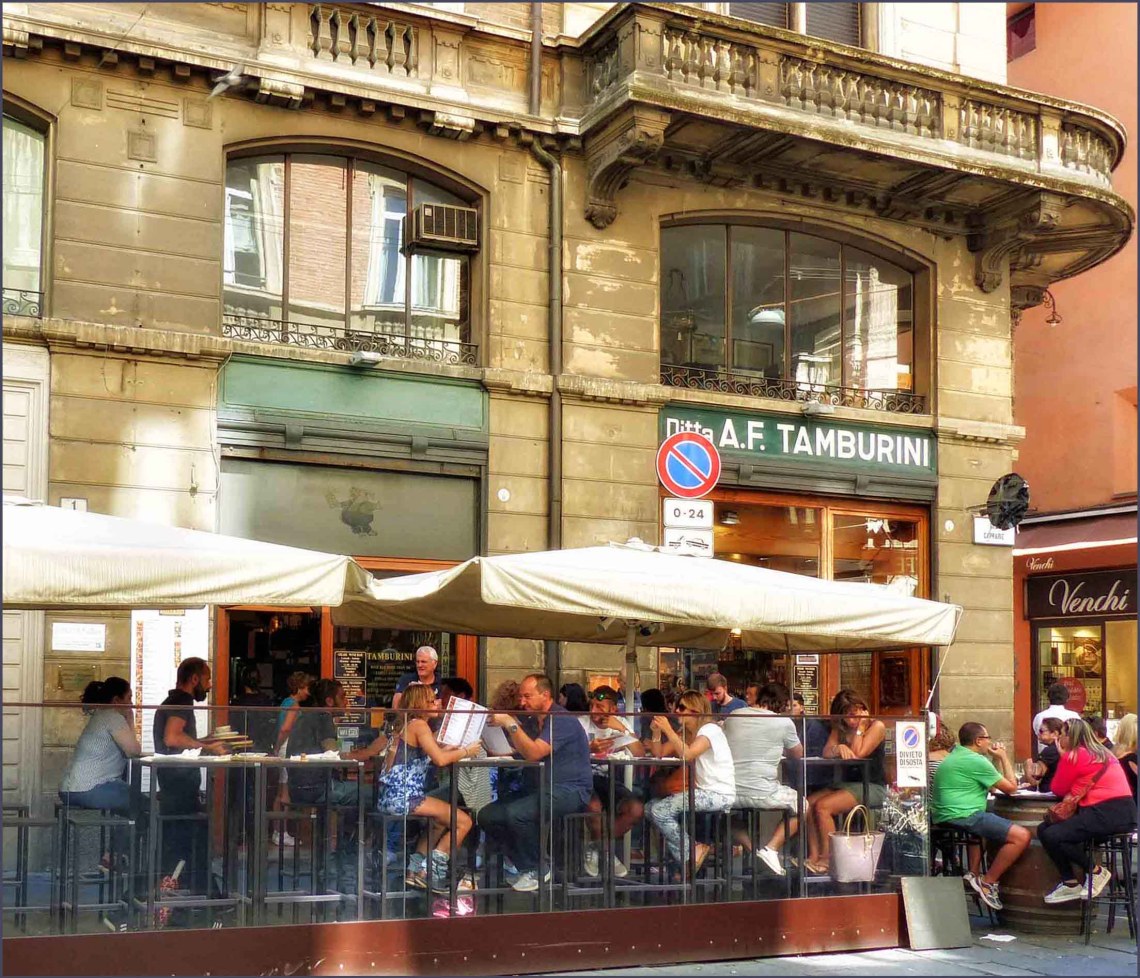So today I am aiming to make you all hungry! Oaxaca is often dubbed the gastronomic capital of Mexico, so where better place to go on a food tour with a local?
-
-
Jane Austen is one of my very favourite authors and I couldn’t agree more with her remark that, 'If adventures do not befall a lady in her own village, she must seek them abroad'.
-
Of course the main reason to visit Siem Reap is to see the temples of Angkor. But it’s possible to get ‘templed out’ so it’s good that there are alternative activities and places to explore between temple visits.
-
There’s a clue in the name! The Cardamom Hills in Kerala are famous for the growing of their namesake spice and many others besides. Peppercorns, vanilla, cloves, nutmeg, cinnamon and more are grown on the small farms here. But also coffee and different fruits such as banana, avocado and jack fruit.
-
Many people worry, unnecessarily, at the idea of visiting North Korea. Is it safe? Are the rules too strict? Will the food be tasty, and adequate? The latter question is perhaps understandable, given the well-documented periods of famine suffered in the country, but tourists, as honoured guests of the regime, have nothing to fear on that score.
-
Eating out is undoubtedly one of the great pleasures of a holiday. Sampling the local cuisine; relaxing over a drink at the end of a busy day; enjoying the ambience of a well-run restaurant with perhaps a great view of the landscape or bustling city streets. But eating out is also a luxury in which relatively few in the world are able to indulge.
-
Did you know that the consumption of insects for food has a name, entomophagy? I didn’t, until I visited Cambodia. There, perhaps more than anywhere else, the people actively serve and eat insects. There is a dark reason behind this. Under the Khmer Rouge, much of the population was forced into poverty; and people resorted to feeding on anything they could find.
-
Not for nothing is Bologna known as ‘La Grassa’, the Fat One. A visit here is truly a foodie’s delight! The city has had the nickname since medieval times, indicating that it was already famous throughout Europe for its wonderful food and drink as far back as the 1300s.
-
A traditional Japanese feast, a kaiseki, is a thing of beauty. It isn’t just a meal; it’s an art form balancing taste, texture, appearance, and colour. The dishes are beautifully arranged and presented, on plates chosen to enhance the visual impact, and equally beautifully decorated, often with edible garnishes.
-
Everyone needs food to survive, but some of us are fortunate enough to be able to appreciate not just as a necessity of life but also one of its pleasures. And when food becomes not only delicious to eat but also beautiful to look at, it is truly a special treat.









